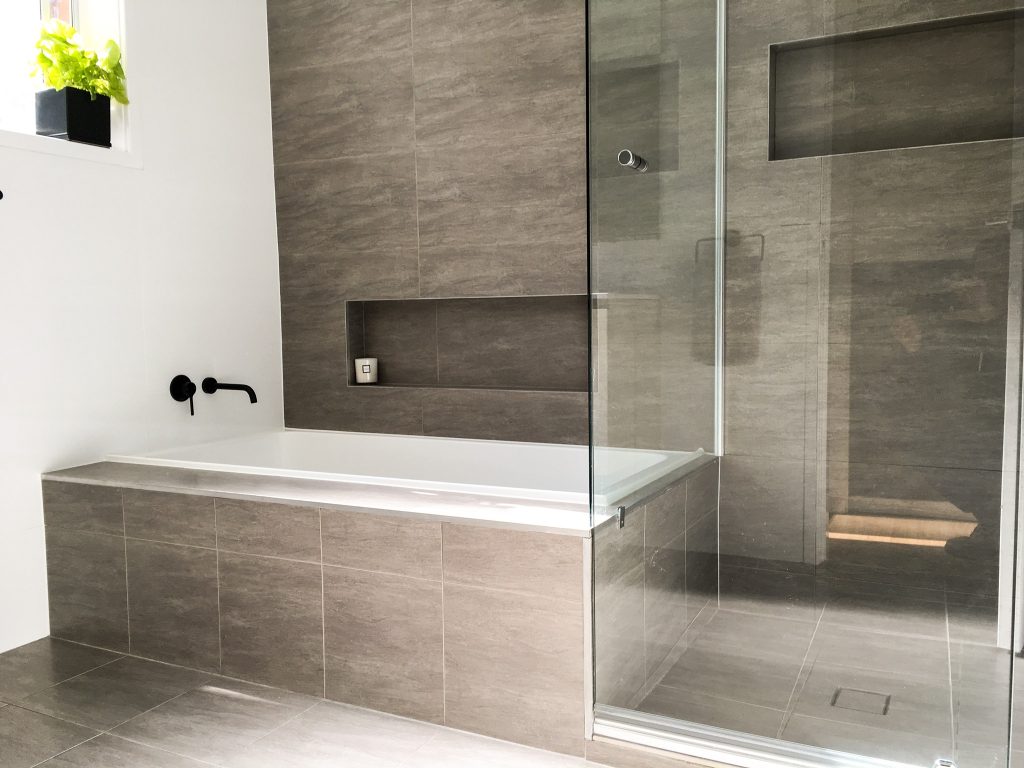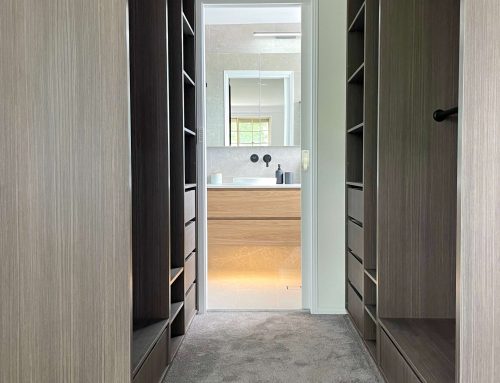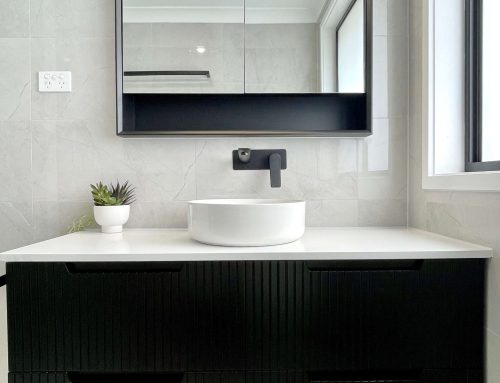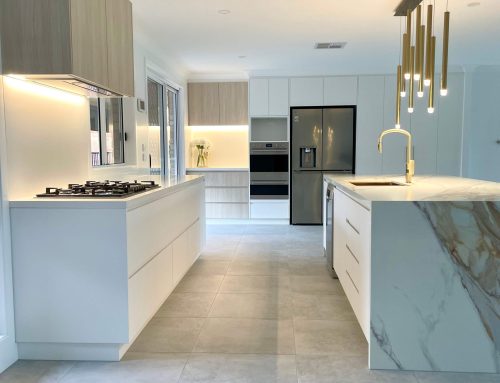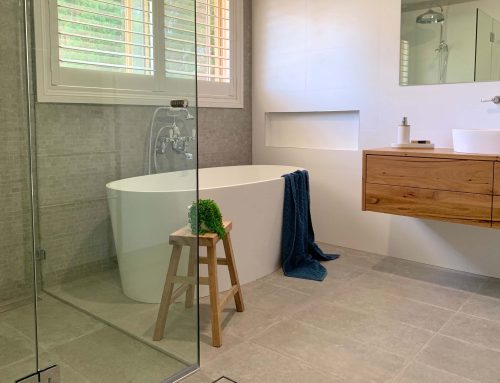Why you should stop using bleach in your bathroom
Bleach and ammonia based products are commonly used for household cleaning, particularly in bathrooms for their disinfecting and whitening abilities. Though quite popular and common products, they are extremely toxic and may not be quite as effective as we think.
It is thought that bleach is a wonder product for mould, although it does nothing but whiten mould spores, so you will find mould appear again in exactly the same place just a short time later. As for its disinfectant properties, for bleach to be effective, it needs to sit on the surface for at least 10 to 15 minutes exposing us to the fumes for a longer period of time.
Regardless of your opinion of bleach and ammonia, these products are extremely toxic and can damage many of the surfaces in your bathroom.
In fact, there are so many items in our bathroom in which manufacturers of bathroom supplies advise against the use of bleach and ammonia, one has to wonder if there is any use for them in the bathroom at all.
Here is a list of items in the bathroom where the use of bleach and ammonia should be avoided:
Vanities and baths
Bleach and ammonia will discolour and remove the shine from your baths and vanities including bowls. Both Caroma and Timberline recommend using a soft cloth and warm soapy water to wash away dirt, body oils and soap residue. They advise against the use of powders, pastes, cream cleansers, thinners, window cleaning sprays as well as bleach and ammonia.
Tapware
The use of bleach, ammonia or any other harsh detergents or abrasive cleaners can corrode, damage or scratch the surface of your tapware no matter its finish. Dorf recommends the use of a soft cloth and warm soapy water to clean and a soft dry cloth to buff dry.
Toilet suites & toilet seats
Our toilets are an area where it is most common to use bleach, however it is not recommended by manufactures. Particularly on toilet seats, as they are plastic, harsh chemicals will cause them to discolour and abrasive cleansers will scratch the surface not only causing damage but creating an area for bacteria to latch on to. Again, it is recommended to use a soft cloth and warm soapy water or mild household detergent.
Shower screens
Shower screens are another area where homeowners tend to use bleach, however, doing so causes a number of problems. One problem is laminated glass. If your shower screen glass is laminated, the bleach will damage the laminate over time making it appear opaque. Toughened glass screens are not damaged by bleach, although, bleach does break down the silicone that is used to prevent water seeping outside onto the outside floor of your bathroom. When the silicone breaks down it not only creates leaks from your shower screen but actually causes mould under your silicone as some water becomes trapped. Manufacturers recommend using either warm soapy water, a glass cleaner or even a simple mixture of water and vinegar to keep glass clean. Using a chamois or squeegee after showering and regularly cleaning your shower screen will avoid the need for harsh chemicals.
Stone vanity tops and stone tiles
Bleach and ammonia should never be used on stone as it is porous. It will break down the protective seal and damage and discolour your stone tiles and stone vanity tops. Use only warm soapy water or cleansers made specifically for stone.
Tiles & Grout
Tile manufacturers advise against the use of all harsh chemicals. Bleach and ammonia should not be used, particularly on porcelain tiles and tiles with gold or silver finishes. Coloured grout will also discolour with the use of bleach and ammonia. It is advised to clean floor tiles outside the shower recess with a soapless detergent or vinegar and warm water. Inside the shower recess can be a little more difficult to manage, however, simply rinsing the shower recess with water after showering along with a weekly clean using warm soapy water will avoid unnecessary build up of soap scum. If needed, the occasional use of a gentle cream cleanser or paste made of bicarbonate soda and water will do the trick. Be sure to not scrub too heavily over grout as it may crack and loosen.
So it appears there isn’t a single area in our bathrooms where we can safely use bleach without risking damage. Regular cleaning and the use of warm soapy water is all that is needed and is what manufacturers across the board suggest. Although, for those who prefer to use store bought cleansers, there are mild household detergents that can be used in place of bleach and ammonia. Be sure, though, to check labels prior to purchase.
Related Articles:
Why you should be cleaning your shower drain
How to prevent mould in you shower recess
Bathroom maintenance that goes beyond cleaning
Master Bathrooms & Kitchens are a bathroom and kitchen renovation company that like to provide our customers with advice for keeping their bathrooms and kitchens looking and working at their best. Be sure to check out our Projects & Guides Section for more valuable advice and peruse our website for renovation inspiration.
See our video below of just some of our beautiful bathroom renovations:

